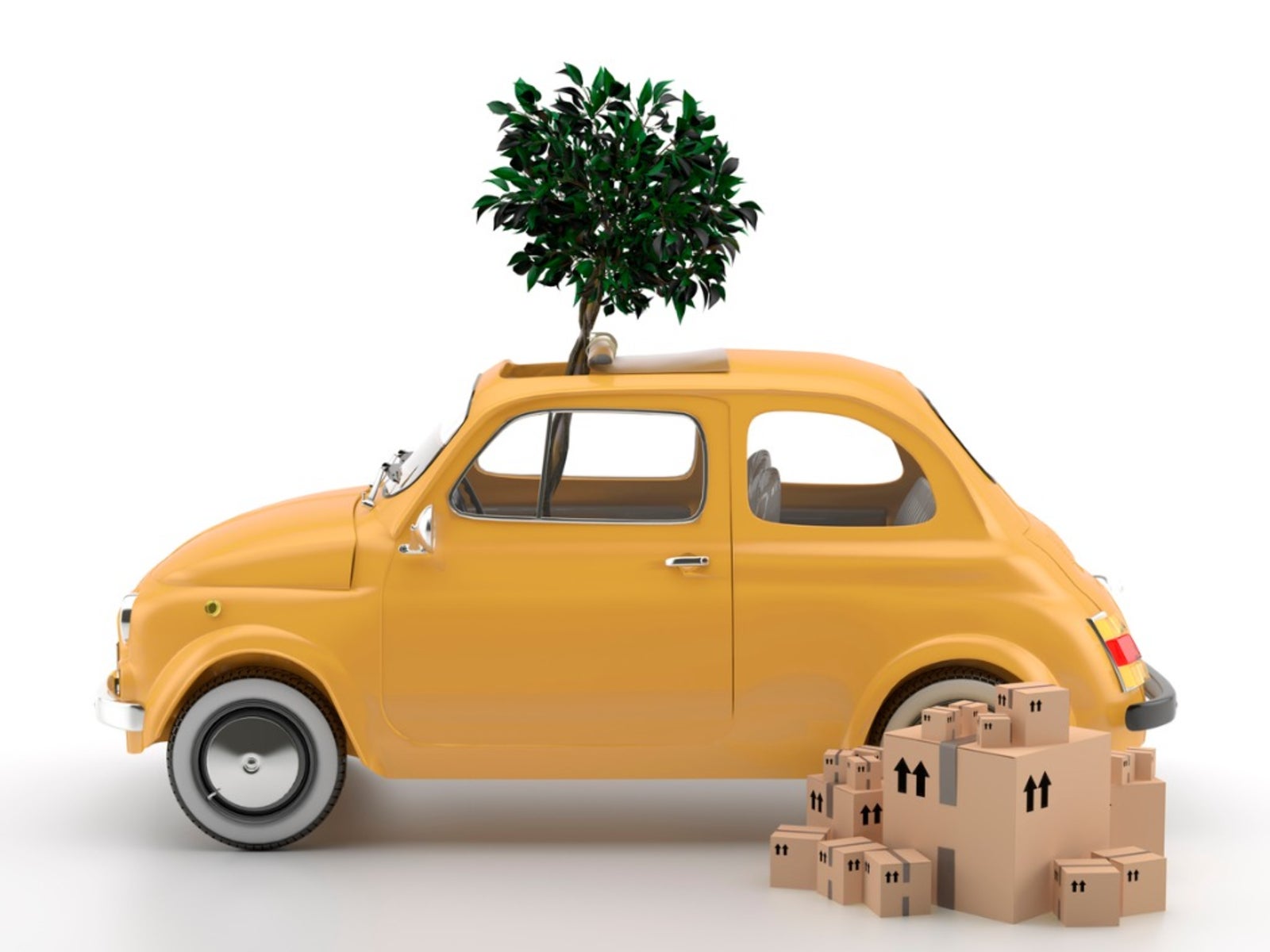Moving Plants To Another Home: How To Relocate Plants Safely

Perhaps you have just found out that you need to move and a pang of sadness hits you when you gaze out over all of your beautiful flowers, shrubs, and trees in your garden. You remember how much time and effort you have put into your gardens and you wonder if moving your plants to another home is even something that can be done. Many times it's possible to relocate some of your dearest plants to your new home if it is done at the right time and with the right amount of attention. Of course, you will have to make sure that whoever purchased your home is okay with you taking a little bit of your garden with you.
When to Move Plants
If possible, it's best to move perennials during the early spring and fall when temperatures are not overly warm. The hot summer months, when weather is dry, are the worst times to attempt relocation. Plants become quickly stressed when removed from the soil during this time. It is optimal to wait until the winter to move trees and shrubs. However, if the season has been particularly wet, a late spring or summer move may be possible.
How to Relocate Plants
Be sure to get as much root as possible when digging plants. The soil will help to protect the plants during the move. Place plants in pots with plenty of room and be sure that the soil is amply moist. Wrap roots of large plants, shrubs, and trees in burlap.
Transporting Plants to Another Location
If you must move plants during the summer, keep them out of the sun and wind. The root ball must be kept moist and replanting as soon as possible is advised. It is also wise to go ahead and prepare the new planting site before you arrive so that your plants can go in the ground as soon as possible. If you move plants during the fall or winter, it isn't quite as critical to move so fast, however, the sooner the better. Consider transporting flowers, shrubs, and trees in a closed vehicle such as a truck to avoid wind damage. If you will be traveling some distance, check the moisture levels of plants when you stop.
Care of Relocated Plants
Once you arrive at your destination, check all plants for damage. Snip off broken leaves or branches using a clean pair of garden pruners. Get the plants into their new home as quickly as possible. It's best to transplant early in the morning on an overcast day, especially in the summer months. New transplants require tender loving care. Be sure to provide plenty of water. If you transplant during a hot period, plants will most likely experience some shock and may wilt. If you can, protect transplants from the hot sun while they establish. A 4 inch (10 cm.) layer of mulch will help to retain moisture. Give your plants several weeks to become adapted to their new home.
Sign up for the Gardening Know How newsletter today and receive a free copy of our e-book "How to Grow Delicious Tomatoes".